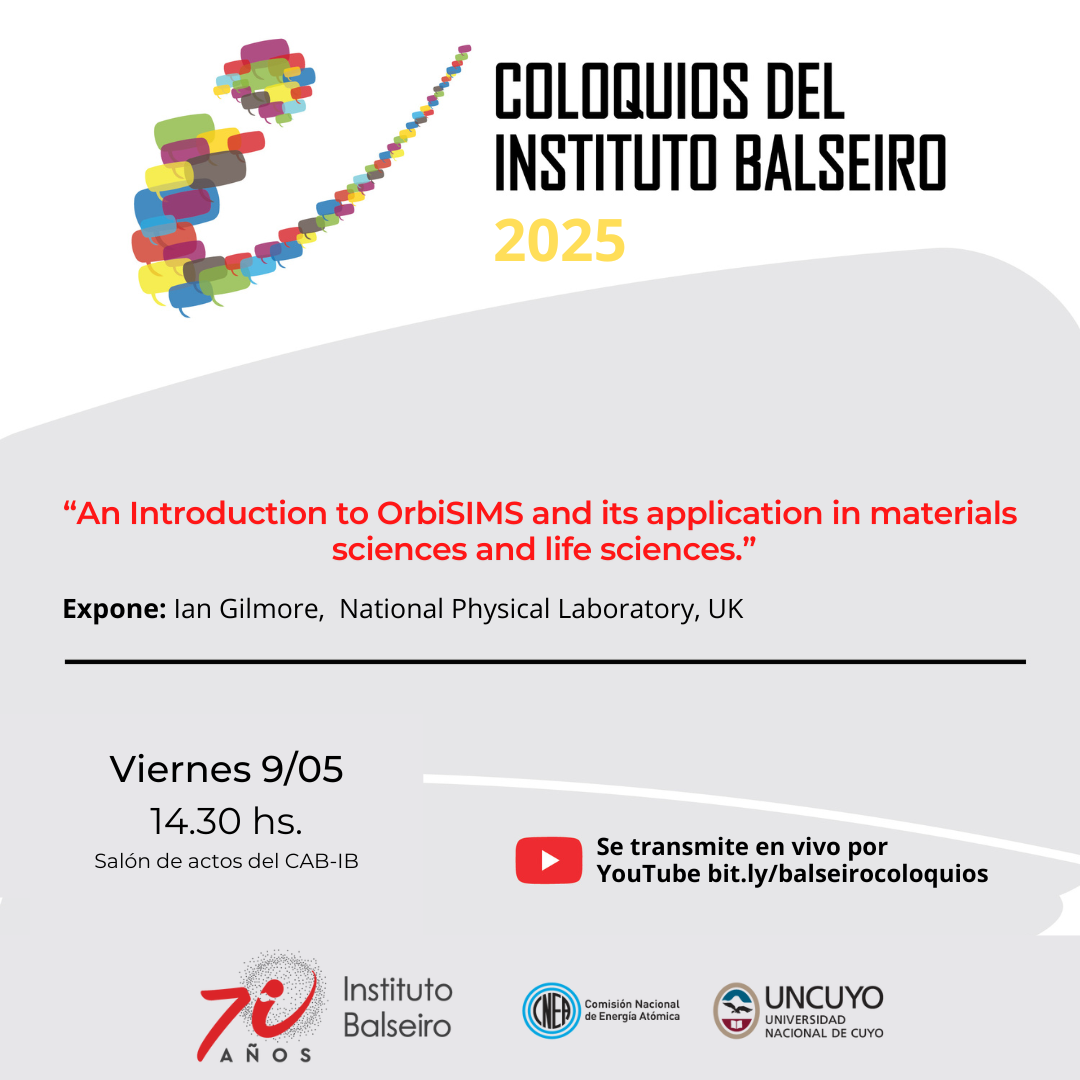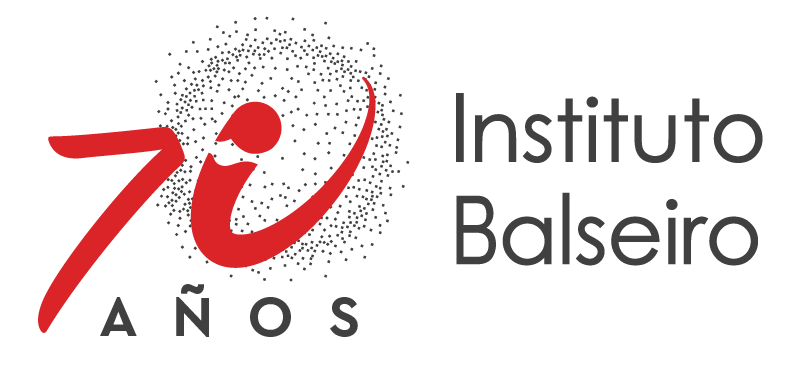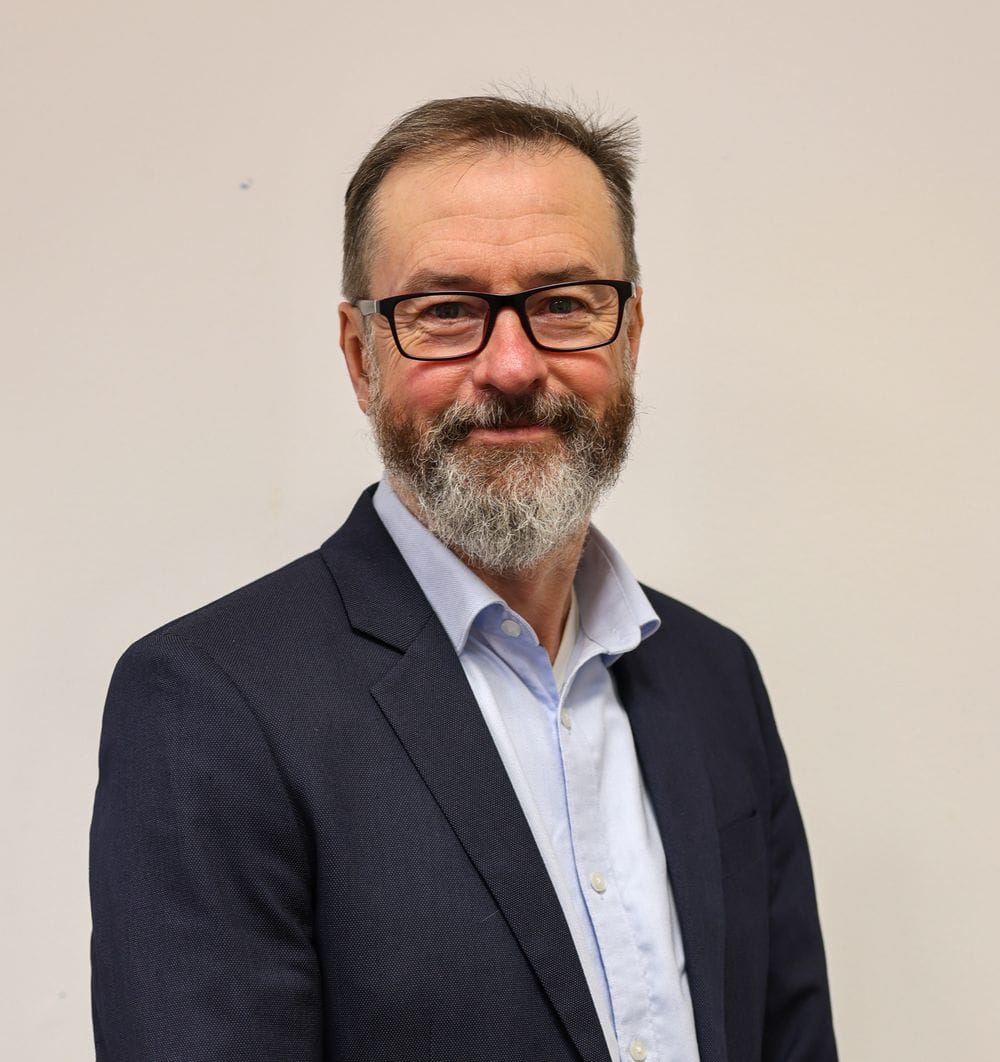TÍTULO: “An Introduction to OrbiSIMS and its application in materials sciences and life sciences»
ORADOR y FILIACIÓN: Ian Gilmore, National Physical Laboratory, UK
Profesor invitado del Programa Maldacena
RESUMEN: Since the origins of secondary ion mass spectrometry (SIMS), almost nine decades ago, the field has evolved along distinct pathways where a process of natural selection has seen the emergence and decline of techniques as they, in turn, are superseded by new innovations. This has resulted in today’s powerful SIMS instruments that are having extraordinary impact in almost every area of materials science and increasingly in the life-sciences. However, independent evolutionary lineages have led to segmentation of the community. Recent advances in instrumentation and advances in fundamental understanding are now beginning to show prospects for evolutionary convergence.
To put this in context, recent developments driven by a fundamental analytical challenge will be discussed. Techniques, like nuclear magnetic resonance, provide high confidence in identification but with limited information on localisation. Whilst techniques like electron microscopy, give high confidence in localisation but low confidence in identification. This has been termed the “molecular uncertainty principle” . In 2017, NPL introduced the OrbiSIMS technology with an objective to simultaneously provide molecular identification and localisation as close to this limit as possible. Since then, the number of OrbiSIMS instruments around the world has increased significantly and the community of users and range of applications has grown. In this presentation, we briefly introduce the OrbiSIMS and use examples of the applications in advanced materials and life-sciences to highlight a convergence of “static SIMS” and “dynamic SIMS” as some of the traditional barriers begin to disappear. In a look to the future, further advances in mass spectrometers are expected, for example multiple reflection Time of Flight analysers, ion mobility and other novel hybrid analysers as well as improved sensitivity using quantum detection.
MINI-BIO: El Prof. Gilmore tiene más de 30 años de experiencia en espectrometría de masas de superficies y ha publicado
más de 150 artículos en revistas internacionales con referato. Ha realizado avances significativos en el área de mapeo molecular de alta resolución mediante espectrometría de masas, habiendo liderado el desarrollo de la tecnología OrbiSIMS. Esta tecnología combina los beneficios de la técnica TOF-SIMS (Espectrometría de Masas de Iones Secundarios detectados por Tiempo de Vuelo) con la alta resolución en masa y las capacidades de análisis estructural del espectrómetro de masas Orbitrap. Los espectrómetros OrbiSIMS, comercializados y desarrollados por la empresa IONTOF junto con Thermo Fisher Scientific, han tenido un amplio impacto en el área de Biomedicina y el desarrollo de dispositivos novedosos revolucionado la capacidad de caracterizar la composición y la estructura de superficies e interfaces. El Prof. Gilmore, además, es miembro de la Academia de Ciencias Médicas del Reino Unido, del Institute of Physics (IOP) y de la American Vacuum Society (AVS) y ha sido galardonado con el Premio y Medalla Alfred Benninghoven (2024), el Premio ECASIA (2024), el Premio y Medalla IUVSTA para Tecnología (2022), el Premio UKSAF Riviere (2013) y la Medalla Paterson del IoP (2004).
INFORMACIÓN DEL COLOQUIO IB
Viernes 9/5, 14.30hs.
Duración aproximada: 45 min de exposición y luego se habilita un tiempo para preguntas.
LUGAR Y E-LUGAR:
Salón de Actos del Instituto Balseiro. Av. Bustillo km 9,5, San Carlos de Bariloche.
Transmisión en vivo por el canal de YouTube “Instituto Balseiro Coloquios”: https://bit.ly/balseirocoloquios
Contacto: coloquios@ib.edu.ar
Link a listado de coloquios previos, ver aquí.


